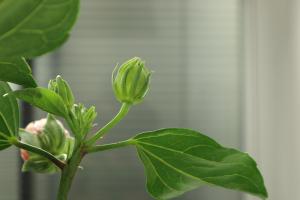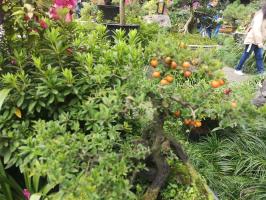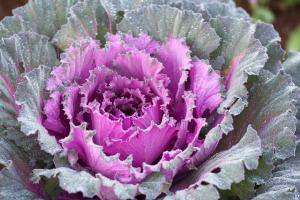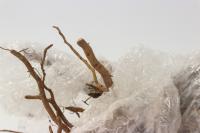1、 Basin soil
During the breeding period, the soil suitable for its growth should be selected. The cultivation soil should have certain nutrition and good drainage, so as to avoid root rot due to the inability of ponding to drain out. Rotten leaf soil and peat soil can be used, and some coarse sand can be added inside. Disinfect before use, otherwise insect eggs and bacteria will invade the plant

2、 Sunshine
It can grow in a warm and sunny environment in winter. It can be maintained all day long in spring. It cannot be raised in the shade, which will not only affect the growth, but also be prone to non flowering. Due to the intense sunshine in the hot midsummer, appropriate shading measures should be taken

3、 Fertilization
Huang Xueguang's requirements for nutrients are not very high. It is usually possible to apply fertilizer 3-4 times a year. Fertilization is mainly carried out in the growth period of spring and autumn. In summer and winter, its growth will slow down and fertilization can be stopped temporarily. Moreover, the concentration of fertilizer should not be too high. Light fertilizer is most suitable for its growth

4、 Precautions
Plants have low water demand and are drought resistant. Don't water too hard at ordinary times. During the peak growth season, it can be watered more appropriately, as long as there is no ponding in each watering

 jackfruit
jackfruit snake plant
snake plant hibiscus
hibiscus hydrangea
hydrangea lavender
lavender Green roses climb al...
Green roses climb al... If you don't pay att...
If you don't pay att... Management of four g...
Management of four g...



































